Kit Wilson on sustainable exploration, storytelling and the cost of adventure
Why this young Aussie filmmaker approaches adventure and creativity as a life's work.
I was in no way expecting a Latin lesson this morning – or ever, to be fair – but that’s exactly what Kitalé Wilson, an Aussie filmmaker and photographer, is dishing up for me from his current base in Vancouver.
‘Take a look at the word,’ says Kit, when I ask him how he defines adventure. ‘Ad means different; venture, to go out. So adventure is just going out differently. Going out to change. Every day can be an adventure, whether you’re taking a new route to work or trying a new food. In the modern context, we think of it as quitting your job, buying a van and neglecting any responsibility. And I love that, I’ve done that. But I really think there’s so much more to it. There’s so much beauty in taking something that could be mundane and routine and making it an adventure.’
Kit speaks from experience – a hell of a lot of it, despite his young age. And though the 23-year-old adventurer is more than capable of finding magic in the mundane, he has already ticked off a whole host of expeditions incorporating everything from big-wall climbing and ocean voyages to trekking, bikepacking and snowkiting. Most recently, he completed a 109-day voyage from Australia to Antarctica via Patagonia as part of Project Zero, a round-the-world odyssey championing sustainable exploration and climate awareness that Kit is undertaking with his father, the famed polar explorer Dr Geoff Wilson. But more on that later.
‘Growing up, I don’t think I was ever consciously, like, I have a very adventurous family,’ says Kit, reflecting on the impact his explorer father, and family more generally, has had on his life. ‘But we were always travelling and exploring and making the most of life. We lived in an old farm house and Mum and Dad always put off renovating it because they wanted to invest in our experiences as kids.’
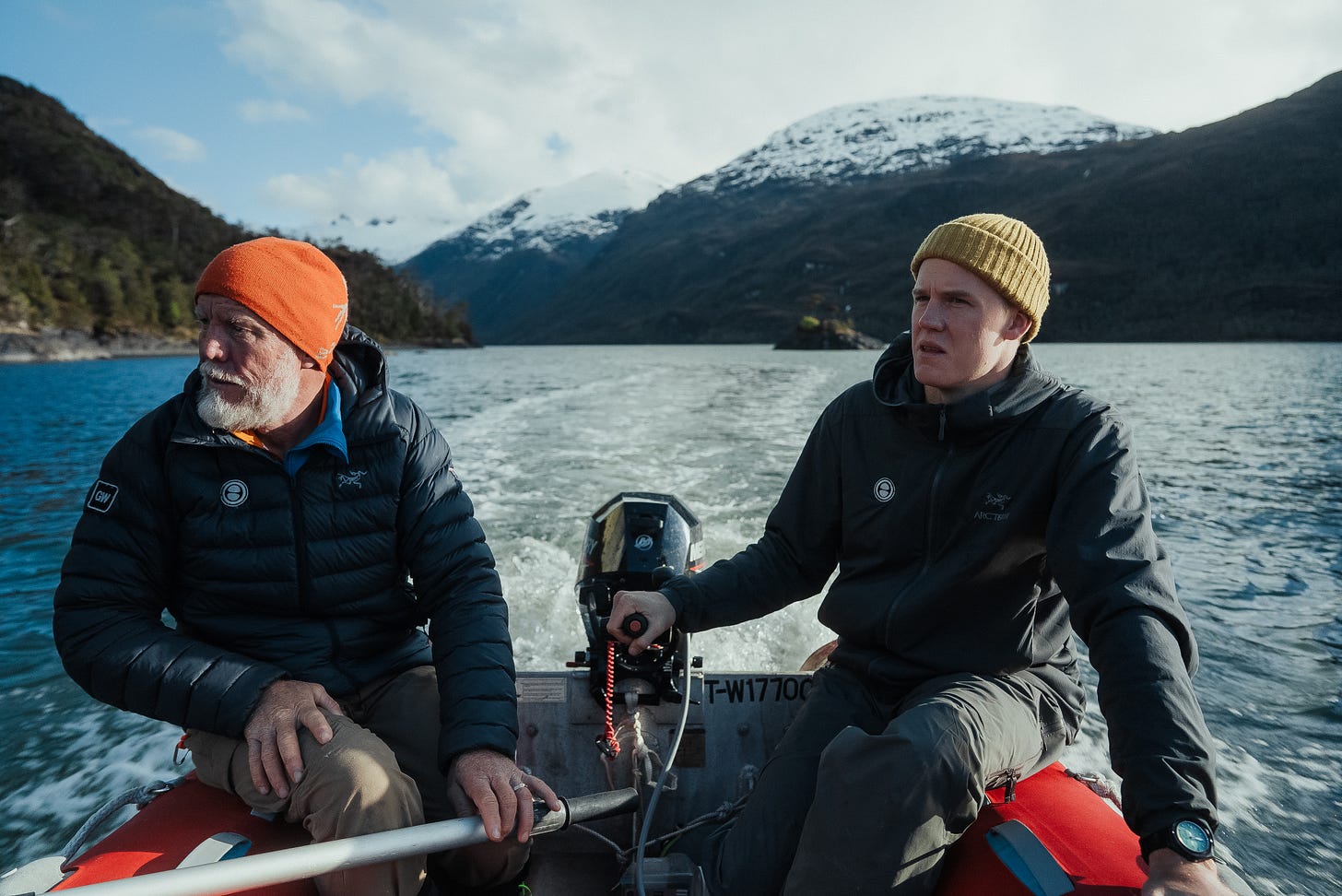
Those experiences ranged from weekend excursions to a two-year stint on a sailboat. When Kit was five, the Wilson family sailed from Australia to Indonesia, Malaysia and Thailand, to which Kit credits his curiosity and the way he sees the world. It was a really formative part of his childhood, he says, though the trip is perhaps why he found it difficult to integrate upon returning home. He admits to struggling at school, but is quick to point out that it was just another adventure he had to go on and experience in its own way.
‘I guess my parents are very adventurous, but so were their parents,’ says Kit. ‘It’s almost hereditary at this point. I wouldn’t say that there’s a cognitive thing of, we will have an adventure today, but more a philosophy and an approach to life. Probably more than having an adventurous upbringing, I come from a very tight-knit family where relationships were placed above everything. That’s probably what allowed us to go to these wild places and even now, with my dad especially, it’s possible to go on expeditions together because we still have such a good relationship.’
It’s understandable, as an outsider, to wonder whether Kit was forced into doing adventurous things by his parents – tantrums thrown in tents come to mind – but he assures me that they were never pushy. He definitely had moments when he felt like his parents didn’t understand him, but he managed, for the most part, to maintain a rich relationship with both of them. And it was the strength of this relationship that played a major role in his not fitting in at high school, he says, especially at the age where one is “supposed” to resent their parents.
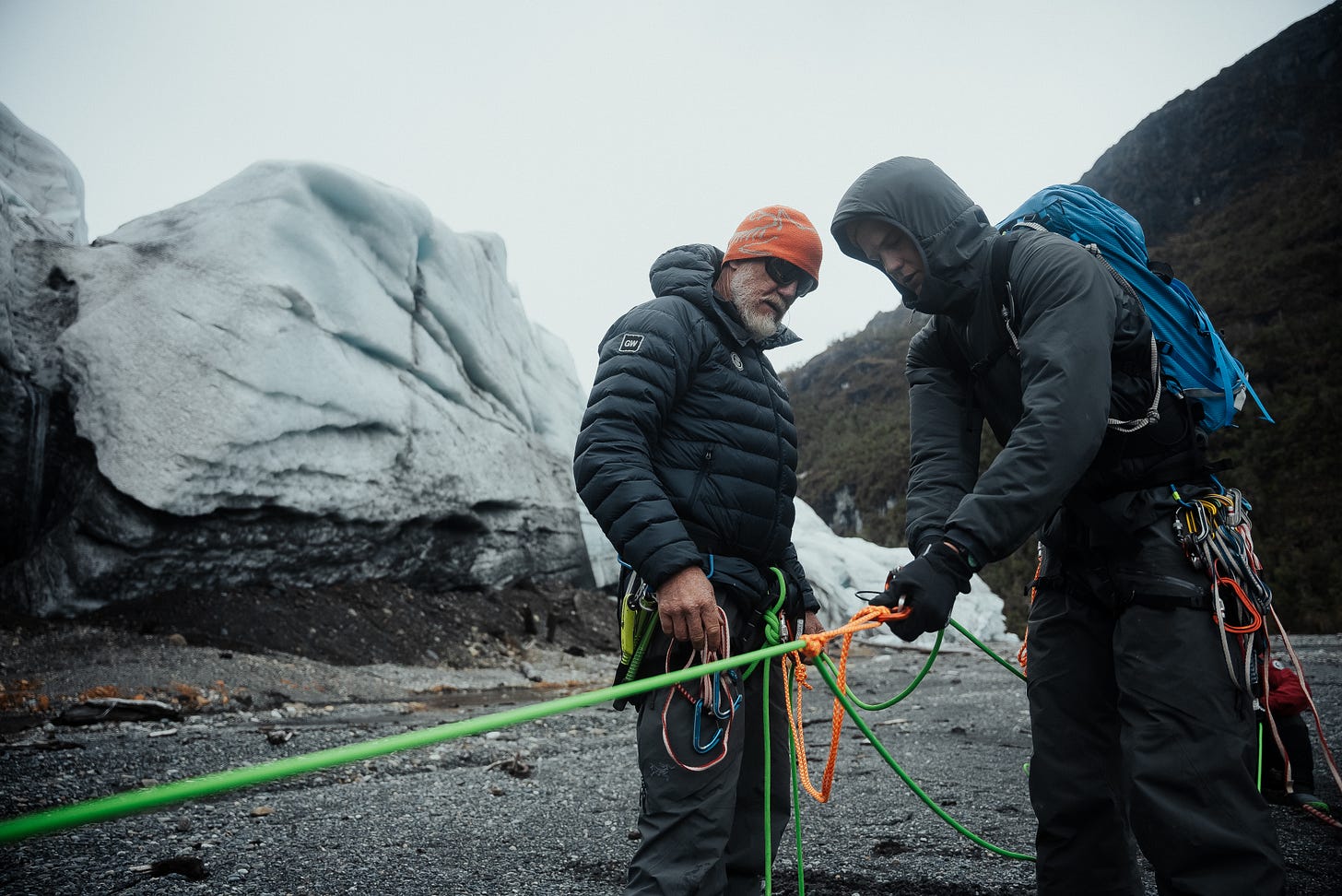
‘More than being adventurous, I think they’re just incredible dreamers,’ says Kit. ‘They never lost the muscle that people use to dream and see the world differently and that’s my favourite trait I’ve inherited from them. When you view the world with that optimistic, childlike viewpoint, you can find solutions to things. And the things that can happen are really remarkable.’
Those things that can happen? They include dodging death during a father-son trip in Alaska; a bonding experience, to say the least, and a fitting end to a gap year that had already taken Kit to New Zealand’s Southern Alps and remote Indonesia. For their first major expedition together, the pair embarked on a paddling and mountaineering journey through the Gates of the Arctic National Park and were forced to contend with charging Grizzlies and flipped kayaks, the latter of which resulted in their camera and satellite phone being destroyed. This, as you might imagine, wasn’t part of the plan.
“When you view the world with that optimistic, childlike viewpoint, you can find solutions to things. And the things that can happen are really remarkable.”
‘It was a really big learning curve,’ says Kit. ‘I don’t think anyone else on earth gets to live like that with their dad. It’s pretty unique, and it’s strange, and maybe it was a little ostracising in high school, but I look back on those things that went wrong as some of my fondest memories.’
With a couple of close shaves in his back pocket, Kit returned from Alaska to make his own mark on the outdoor scene. At school he’d seen his creativity as an ailment, rather than a superpower, but he soon realised that writing, photography and filmmaking allowed him to express things he’d struggled to communicate.
‘That’s what really drew me,’ says Kit. ‘And I’d always shot photography since I was really young. A lot of analogue film, which I used to develop in my bathroom. Looking back, it all seems really logical, like of course I was going to get into filmmaking. But I think that when you’re a young person – a little lost and trying to find your way in the world – you want security, and a creative pursuit doesn’t really provide that. It never seemed like the obvious route but now, with the community I’m surrounded by and the incredible mentors in my life, storytelling is the grand adventure I want to go on.’
Though Kit’s storytelling ability sees him working commercial gigs with prominent adventure brands, it was his short film Exposed that really showcased his narrative talents. The film, which was an official selection at the Byron Bay International Film Festival and Whistler Film Festival, was shot with Henry Smith – one of Kit’s mates – and documents Kit’s ski and bike traverse from the New South Wales coast to the Snowy Mountains. With a vintage camera and a single roll of analogue film, he summited Australia’s ten highest peaks while coming to terms with the limits imposed by the covid pandemic.
‘It was such a funny journey,’ says Kit, ‘because I’ll probably watch the film in ten years and think: what a strange film. It’s very different, but I love it. I was living in my car and skiing because that’s all I could do. I couldn’t even go home to my own state. Any hope or dream was on pause for three years, so it was a strange time, and I think that manifests in the film. It’s in response to the sadness and frustration that a lot of people my age were feeling.’
Although the film, which was very much a case of let’s fuck around and find out, was shot with no budget, it earned Kit a Young Filmmaker of the Year nomination. He laughs, he says, because all he did was buy a $50 bike and give it hell.
‘I guess I’d made films before, but that was the first one that had a message. It surprised me at how well it did. Even today I still get messages about it. I look back at my work and feel like I’m a completely different artist now, but it’s cool. I think it really spoke to, and articulated, things that people were aware of but didn’t quite have the words for.’
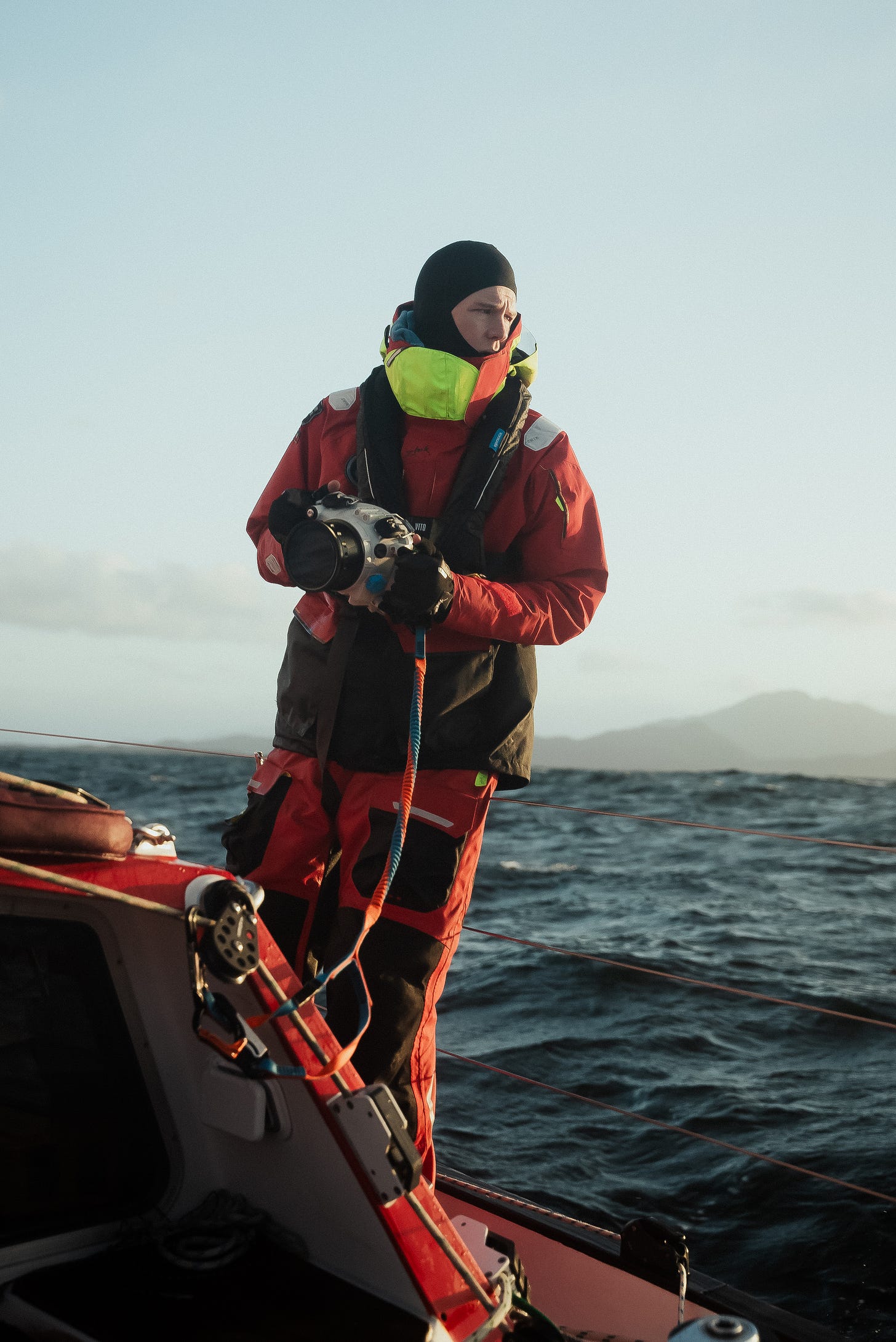
It’s safe to say that Project Zero – Kit’s latest project – is the furthest thing from fuck around and find out. The round-the-world, net-zero odyssey began because both Kit and his dad felt the call to champion sustainable exploration and climate awareness. The Southern Hemisphere leg saw them sail from Australia to Chile before making their way through the fjord systems of South America, crossing the Southern Patagonia Ice Field on foot, and continuing on to Antarctica.
‘It was wild,’ says Kit, describing their Pacific crossing. ‘We had some enormous storms, one of which caused 70-knot winds and 15-metre waves. We thought the ship was going down and that we’d have to jump in the life raft. Seeing Chile on the horizon is a moment I’ll never forget, but even once we made it to land, there were some huge question marks. Dad and I left the boat to hike through the rainforest and cross the ice field, which was pretty wild. A ten-day expedition there and back, completely net zero. But the thing with this sustainable exploration model is that once you’ve made it to your goal, you’re only halfway. There’s no chopper ride out. It adds a real complexity to things, but we eventually made it back to the boat. I got a bit of frostbite on my face and we were pretty banged up and bruised. It was a brutal expedition.’
Having braved the Drake Passage en route to Antarctica, Kit relished the opportunity to witness firsthand the remote land that has so captivated his dad. It was incredible, he says, to be there together, even though he’d grown to resent Antarctica as a kid because it had taken his dad away so often. Now, he finds hope in the way his dad glows for these special places despite the reality of climate change and the Great White Continent’s rapidly changing conditions.
‘We struggled to find an entry point because of how much the ice is degrading at the moment. It’s just these sheer cliffs because the glaciers are receding so quickly. We managed to find a really steep entrance ramp and spent 40 kilometres dragging sleds with crevasses everywhere and avalanches coming down either side. A real wild scenario. We were about to do our final climb onto the plateau, but decided to turn around because there were huge avalanches and we were really unhappy with the snowpack. We had this sinking feeling that we were about to make a bad decision.’
Their caution was rewarded, with the pair narrowly avoiding being caught in a polar hurricane. That’s winds reaching over 150km/h, which are described by the Beaufort Scale as, quite simply, devastating.
‘You’d be dead within three or four hours if you were caught out in that,’ explains Kit. ‘And as we got the forecast, we could see it rolling in. We’d been moving for 12 hours at that point, but what had previously taken us five days we managed to do in 24 hours. We didn’t stop moving for 36 hours and made it back to the boat as the storm hit. It was a pretty wild way to leave Antarctica, and it really brought home how it’s the last frontier and there’s no room for mistakes. In so many places you can rely on a pick up, but there’s nobody to help you in Antarctica.’
Having survived the polar hurricane, the team’s boat, Nanook, is currently in Brazil undergoing repairs and modifications. It will then sail across the Atlantic to Portugal to assist a group of scientists in their social ecology projects. From there, the Project Zero team – Kit and Geoff Wilson, Allister Burton and Jordan Pearson – will sail north to complete expeditions in Iceland and Svalbard through October and November.
‘I can’t begin to express how excited I am about it,’ says Kit. ‘It’ll be funny if I get hurt at the end of the year because the expeditions that could have killed us are all done. Svalbard is going to be brutal, but at least we won’t be in survival mode the whole time.’
With survival taking a back seat, Kit – who is Project Zero’s creative director – hopes the Northern Hemisphere leg will give him a chance to sit in the process of creation, to be present and notice what’s happening without trying to make too much sense of all the pieces. A huge part of Project Zero, he says, is to re-engineer the way we tell climate stories, to show these environments in their beauty and power rather than focusing solely on how they might’ve changed or diminished over time.
“A major inspiration for my work and process is to try to live as much as possible, to not be a creative hermit. There are definitely seasons when you hide away and create and get things done, but really, as storytellers, our currency should be stories.”
‘There’s a tendency during long projects, I think, to try to flesh out a story while you’re in it. But you can’t tell a story that hasn’t finished. My mantra approaching these things is to have a soft heart that allows you to be empathetic and notice things, an open mind that allows you to be creative and follow those leads, and then a strong vision because you don’t want to be chasing your tail. That vision is important, but it doesn’t supercede being curious and empathetic.’
Until then, Kit continues to work as a commercial filmmaker and photographer while editing footage from the Southern Hemisphere. He has had to learn to turn an empathetic eye on himself during the downtime between expeditions because life, he tells me, is about seasons; there are seasons for soaking life up and seasons for expelling it. It’s a lesson he learned from his father, who is no stranger to the changing seasons of life.
‘Dad did some amazing adventures in his twenties, then there was a 15-year period where he was adventurous on the weekends, and we’d go do some hiking and stuff, but he was also just a dad,’ says Kit. ‘He looks back on that as a season when he just needed to be a dad, to provide and make sure we felt heard and seen. He didn’t do his first Antarctic expedition – his first polar expedition full stop – until his early forties. This is what I mean when I talk about staying in the process and not being driven by outcome. You look at Dad’s adventure resume and go wow, but you know, he was forty when he did his first Antarctic expedition. Everyone thought he was going to die, but he broke the record for one of the fastest crossings of Antarctica. Two years later, he goes to Greenland and breaks another record, and in 2020 he completes the longest solo polar journey in human history.’
Kit is wary, too, of blindly pursuing adventure, recognising that it can be selfish and destructive and harm your relationships. Everything has a cost, he says, whether it’s being away from your family in a dangerous environment or forgoing relationships and responsibility in search of the next adrenaline rush.

‘I think, as humans, the benefit is in going out, experiencing these places and having an adventure, then coming back and sharing it,’ says Kit. ‘That’s the real joy; for me, at least. A major inspiration for my work and process is to try to live as much as possible, to not be a creative hermit. There are definitely seasons when you hide away and create and get things done, but really, as storytellers, our currency should be stories. You should be trying to fill your wallet with experiences and travel. The more you can understand humans, the more you can be with them and exercise those empathetic muscles, the better artist – and human – you will be.’
To keep up with Kit’s work, follow him on Instagram and YouTube. You can also follow Project Zero on Instagram.
A note on People & Places
You may have noticed that P&P offers a paid subscription option. This works as a kind of tip jar, so if you’d like to offer monetary support, please consider becoming a paid subscriber below. For now there is no difference in what you receive as a free or paid subscriber; either way, you’re appreciated. Thanks again for being here.


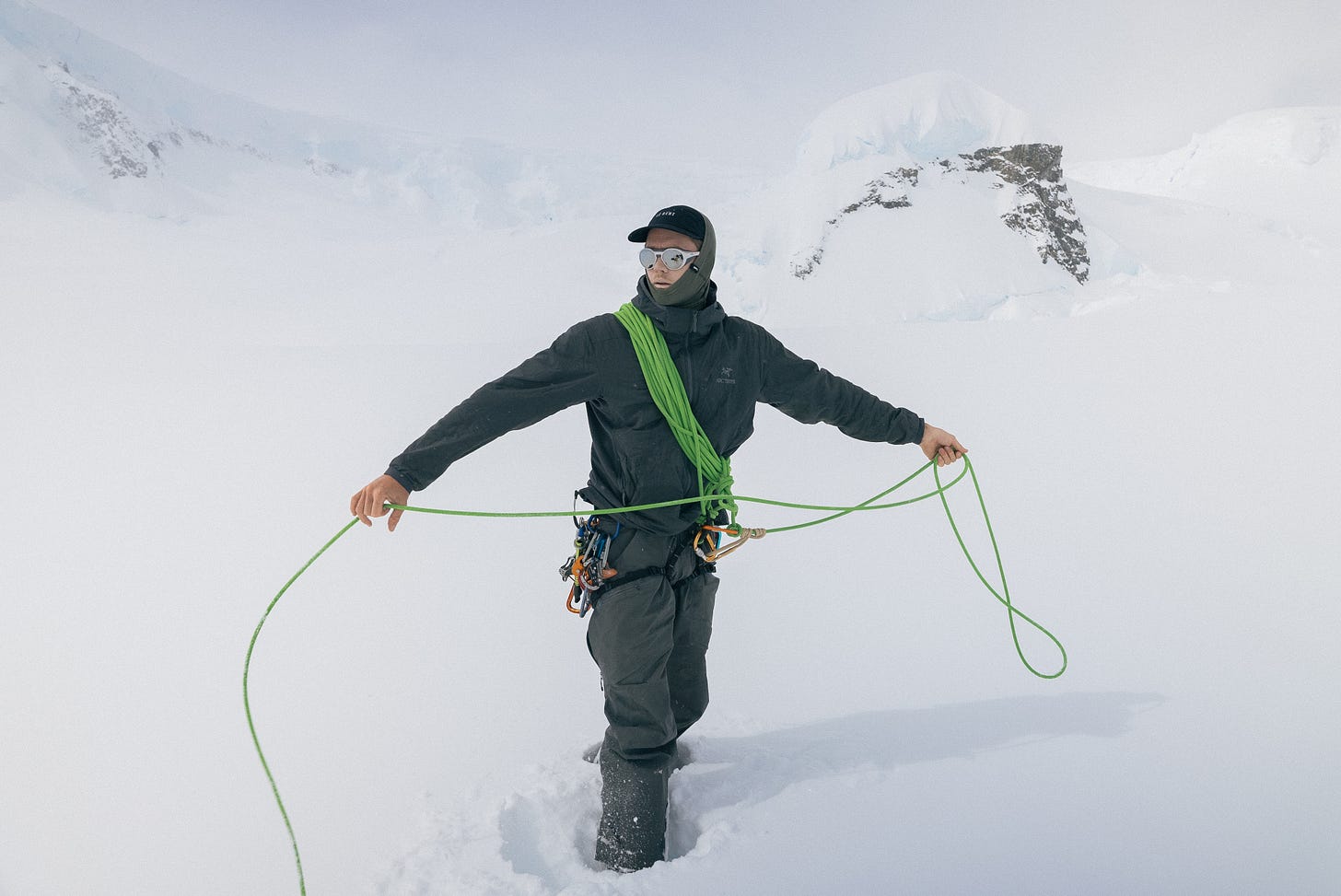
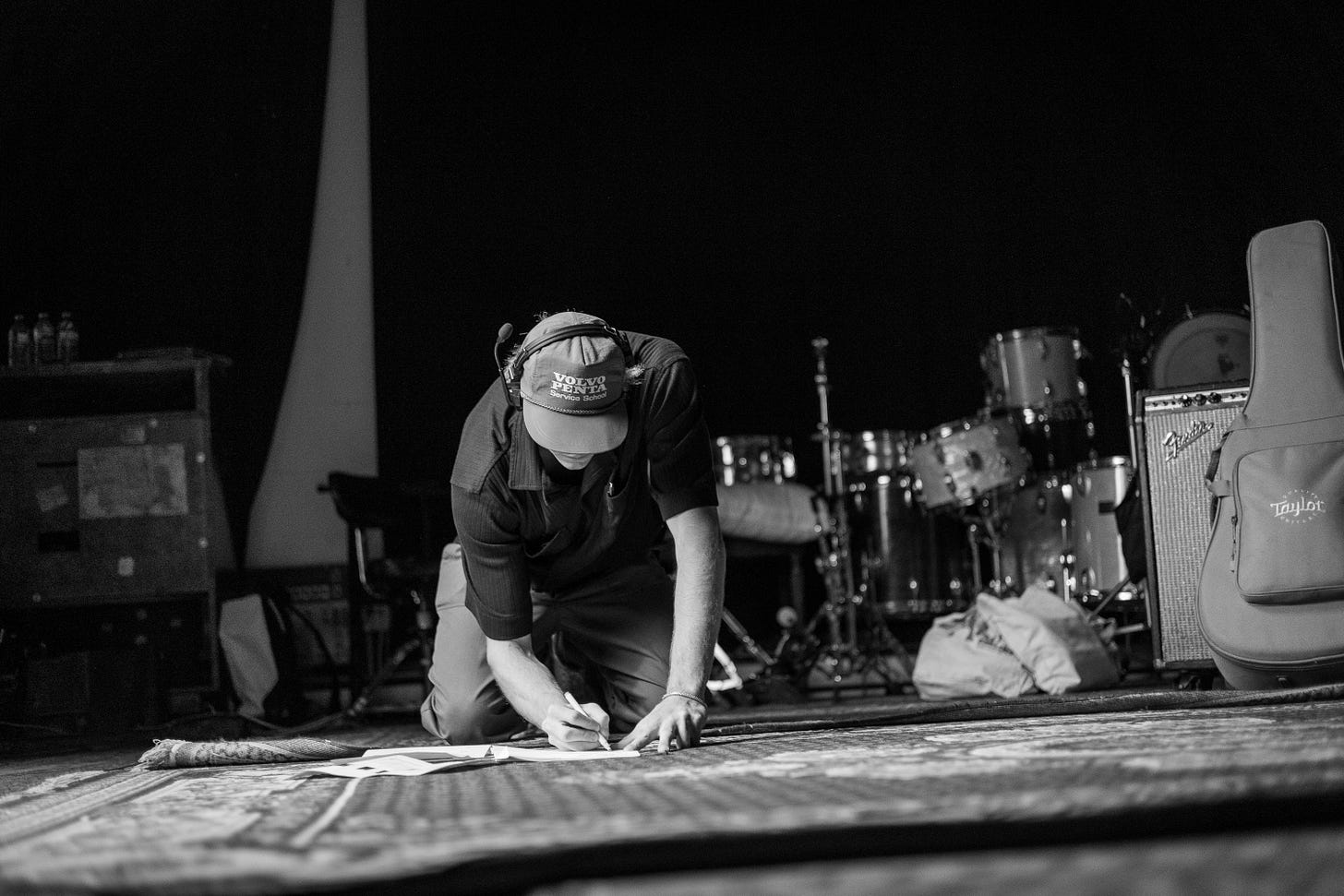
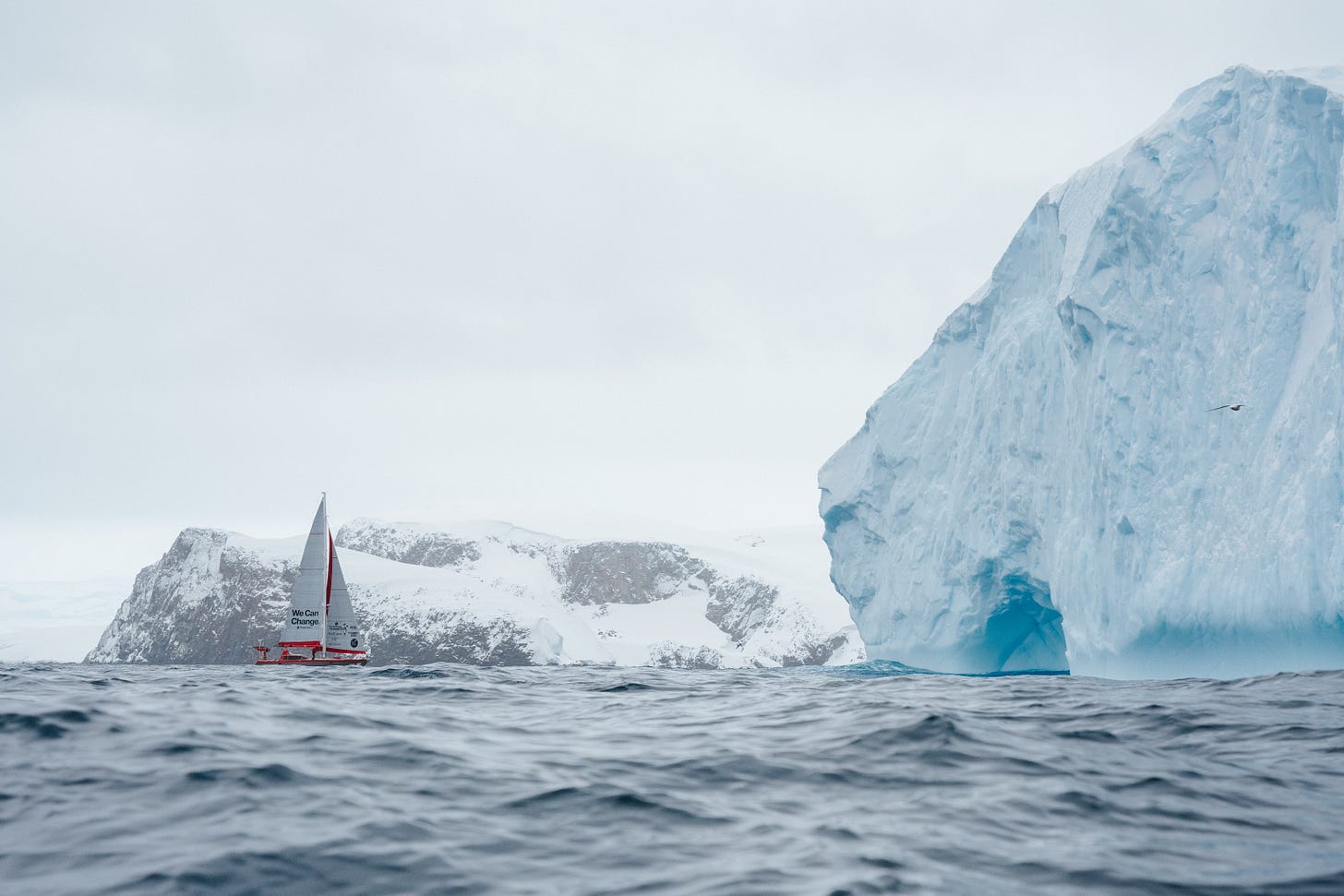
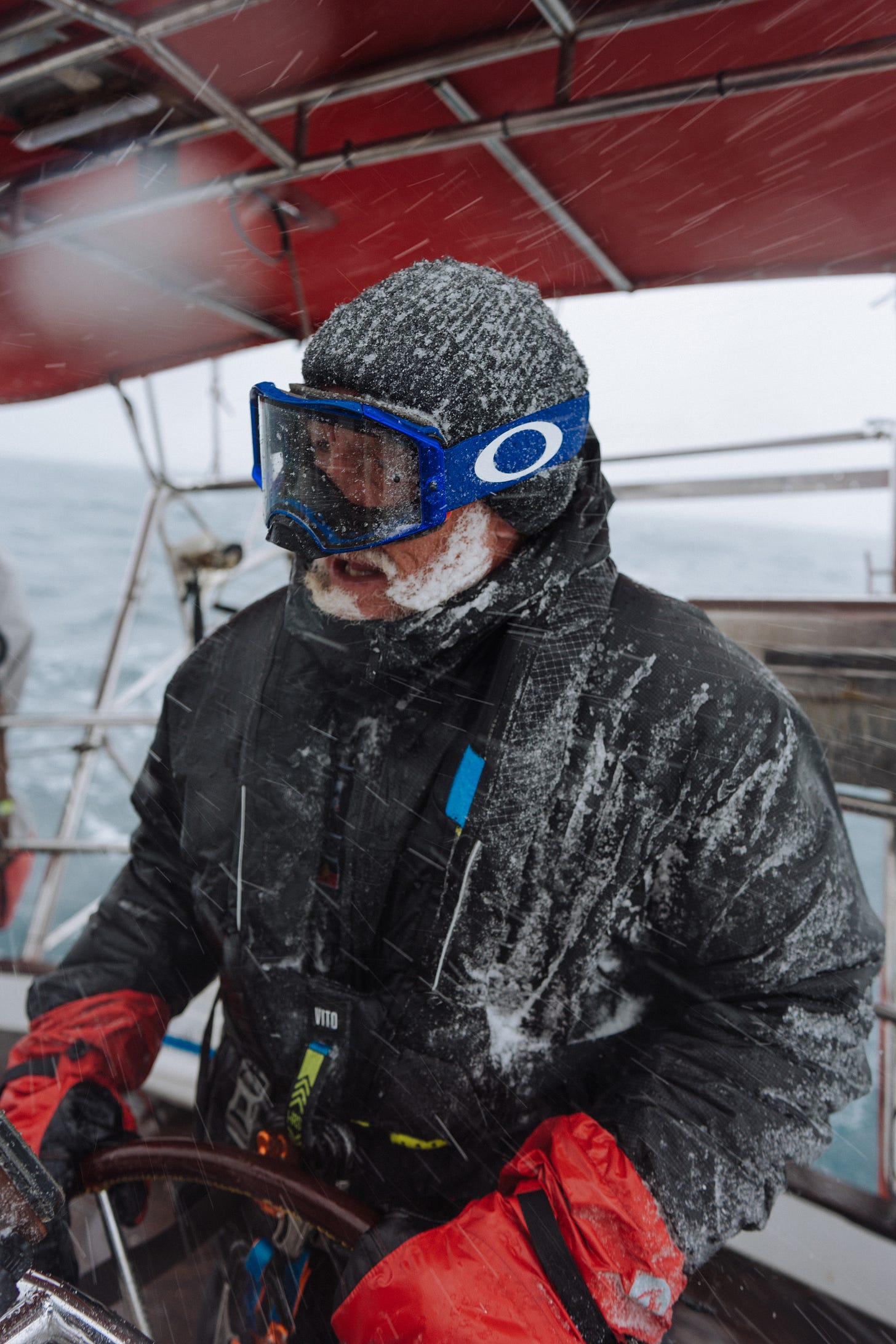
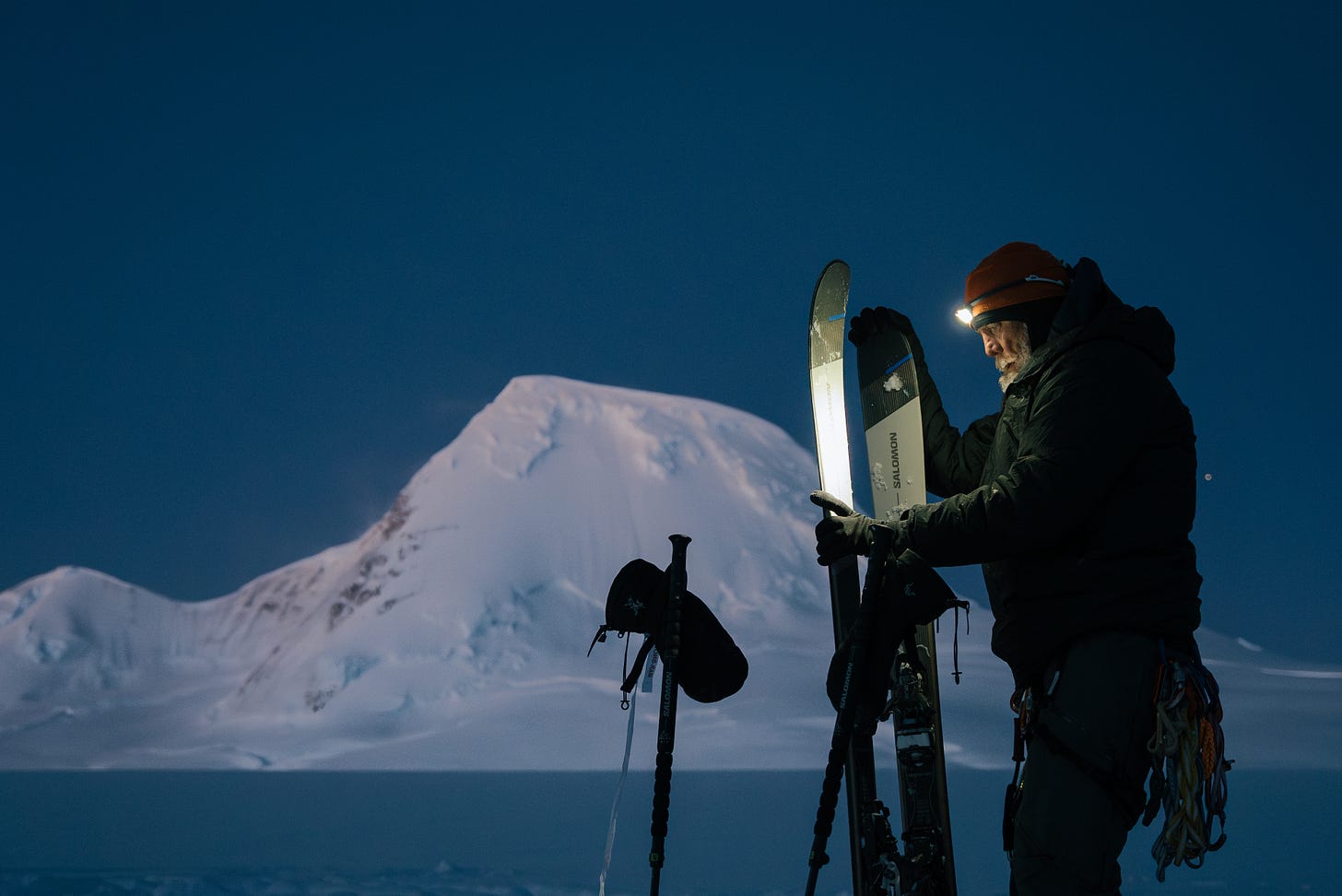
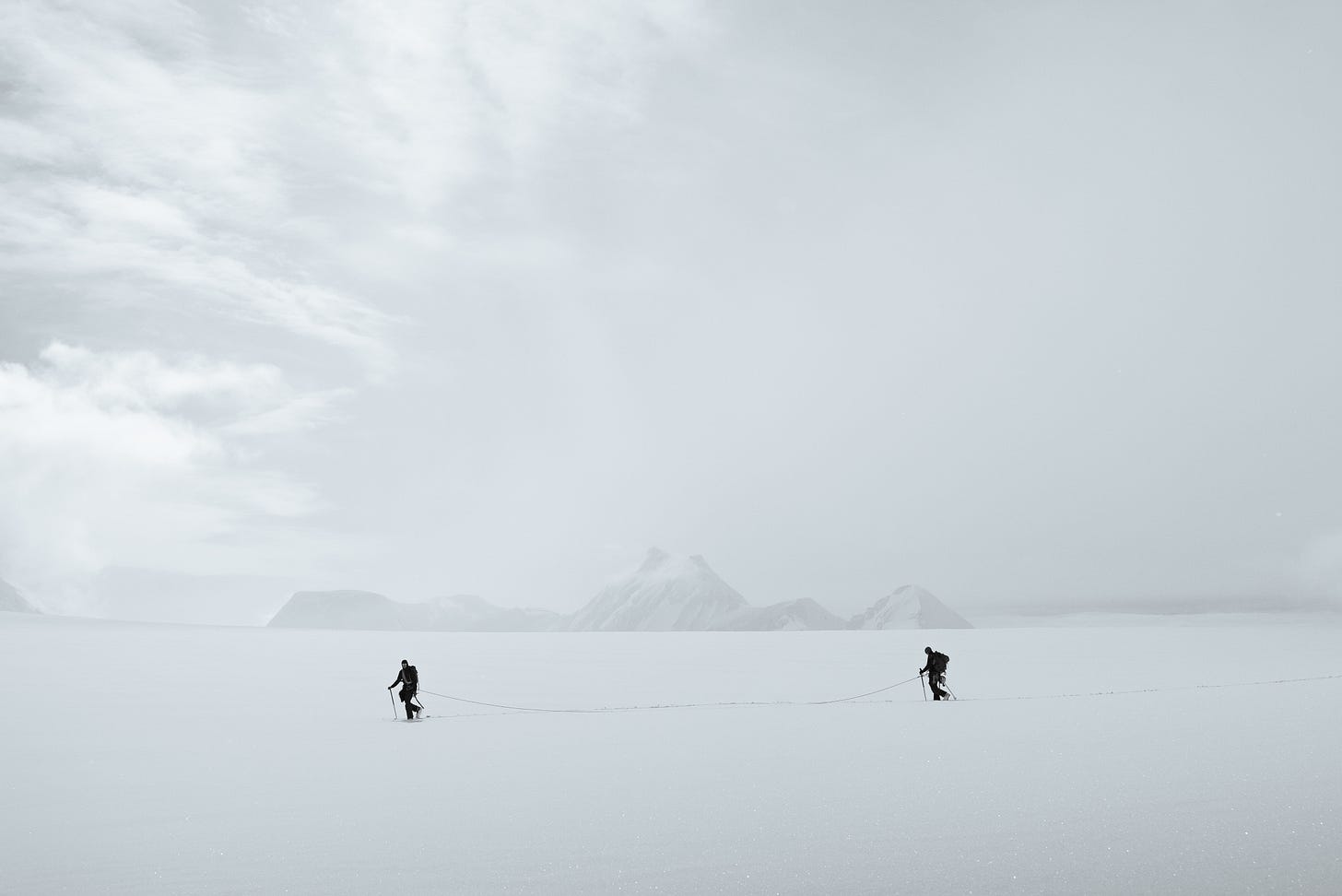
Geeeez this is a cool one. Not a bad father-son relationship at all. Cracking read mate!